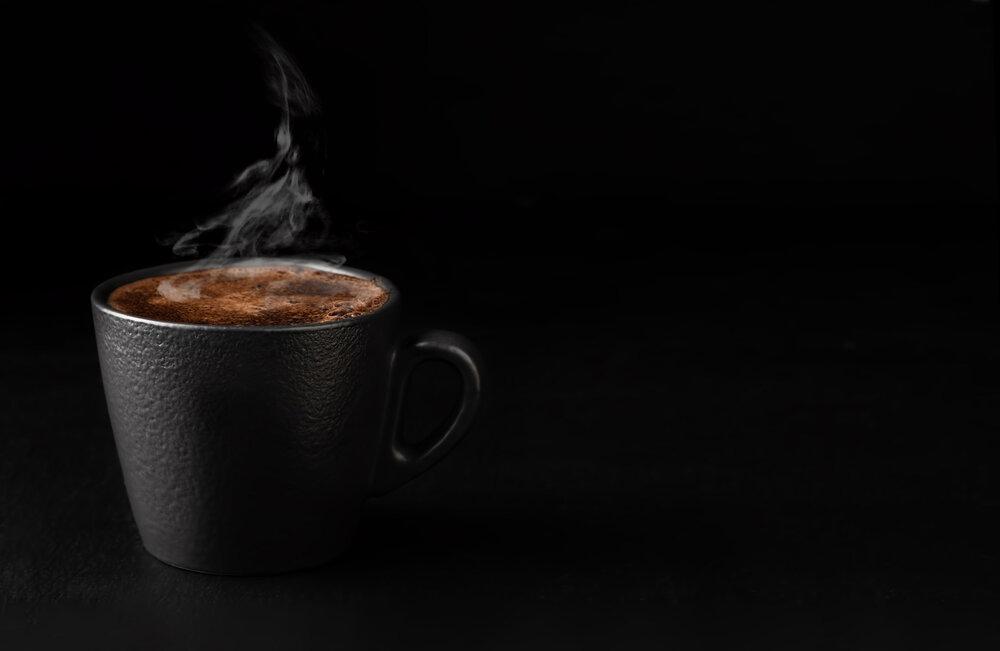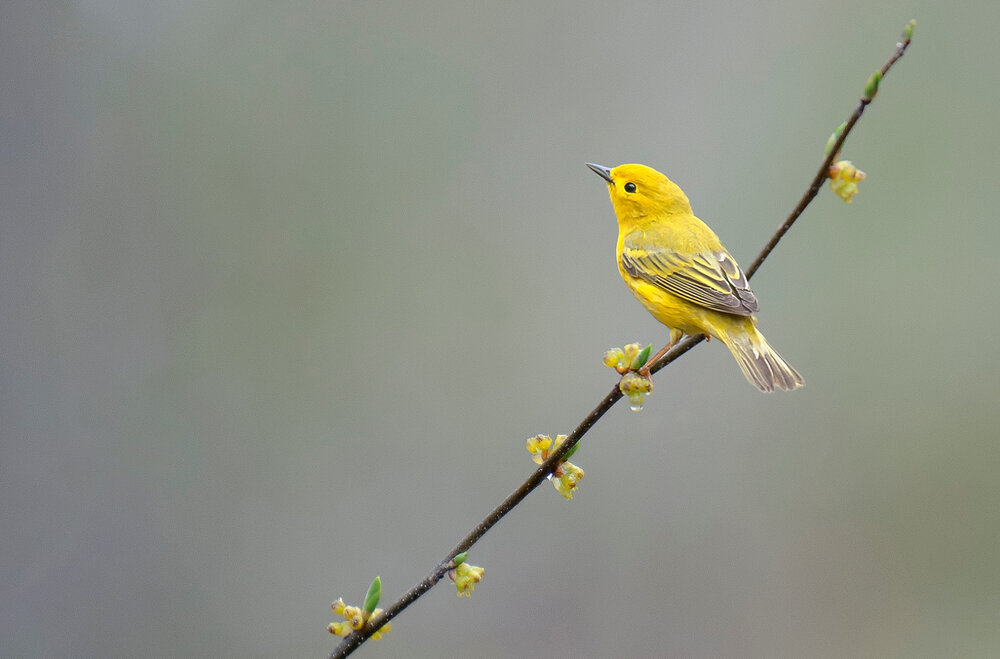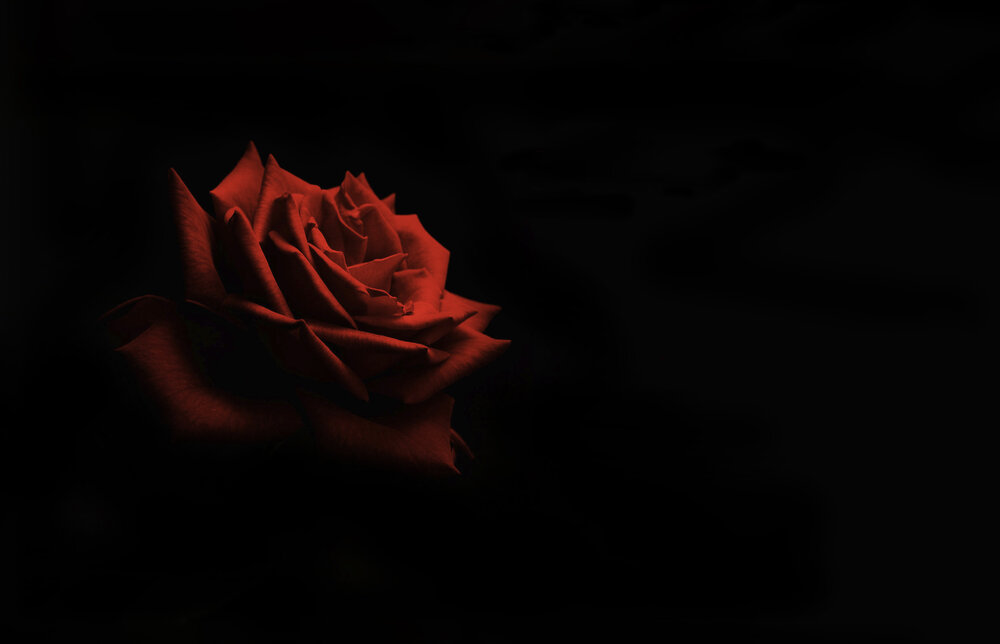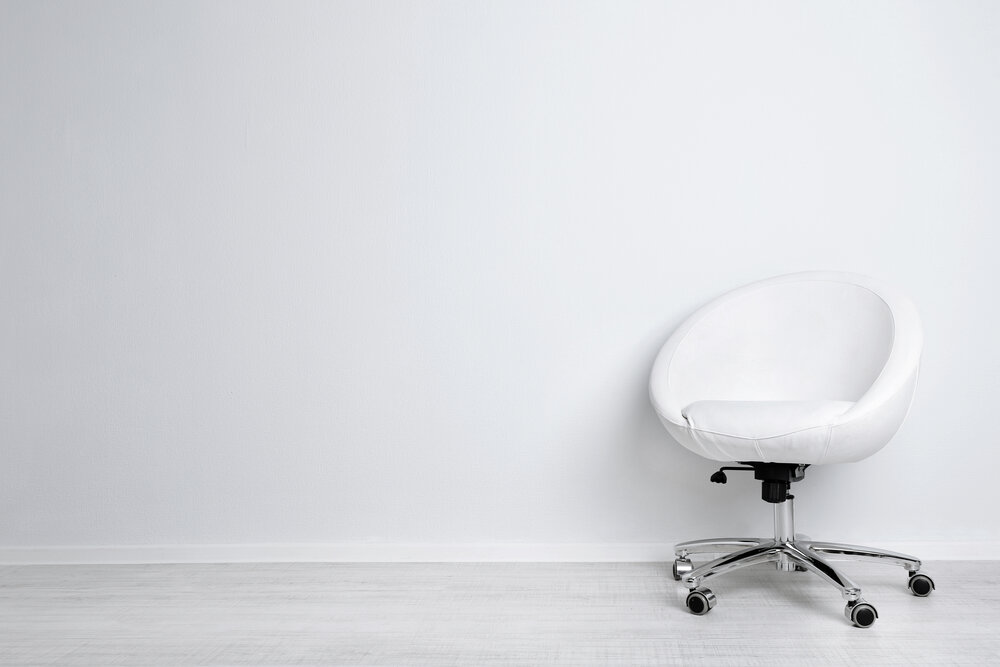Welcome to our Weekly Assignment blog! We know that being stuck home is frustrating, but it can also be a great time to build your photography skills. We’re here to help! Each week we’ll give you an instructional post and a social distancing friendly “assignment” to complete. We’ll then offer commentary and critique on images posted in our Facebook group Muench University (if you can’t get out, you can also post past images that match the theme). Ready to get started?
Assignment #2: Minimalism
Perhaps one of the hardest things to do as a photographer is to learn to compose images that are simple, yet still powerful. Creating a powerful minimalism image is hard because we don’t see minimal scenes with our own eyes. Whether it’s inside our homes, out in our backyard, we’re bombarded with stimuli, so naturally we tend to create images with all of that stimuli included. It is what we know.
Instead of incorporating absolutely everything into a single image, try to exclude all the clutter and focus on a strong subject. You can do this using a few techniques:
-
Physically remove as many elements as you can, leaving one strong, anchored element to focus on.
-
Think about the depth of field. How do you put attention on one element? You use a depth of field where you minimize whats in focus. By doing this, you are minimizing what is in focus in front and behind your subject. This can be achieved by shooting at an ƒ-stop of ƒ2.8 or ƒ4.0.
-
Think simplicity. Just remember that keeping it simple doesn’t mean its boring. In fact, a minimalist approach requires you to explore what to keep in the frame and what to remove before the image loses impact.
-
Use contrast and complimentary colors. High contrast creates a definite emphasis on a strong element. In regards to using complementary colors, remember your primary art class when you learned that complementary colors sit directly across from each other on the color wheel. Practice with what works and what does not.
-
A texture can become the subject when used as a frame-filling element, or as a repeating pattern. By zooming into objects close enough to see the texture, you allow the texture itself to become the focus. You can also use the lack of texture in your image to create minimalism. Where no texture exists, you have negative space. Where texture exists, you create the point of focus. The possibilities are endless. There are plenty of examples at home and out in nature. Think sandpaper, rugs, a pet’s fur, wallpaper at home. Or grass, tree bark, shorelines, water droplets on a flower petal outside.
-
Think leading lines. How can a line lead the eye towards that element in your image that you want to place focus on? Think a dock on a shoreline leading off into a lake or train tracks leading off into a forest.
No matter what technique you use to create a minimalism photo, it will help you become a better overall photographer. This project will result in you learning how to think about different methods of drawing attention to a single element. It will aid you in communicating your story more effectively. The end result, you will be producing better photos when back out in much grander landscapes!
Below I am showing different photos that use the above methods to put more focus on an element, create emotion, and tell a better story.
Photo Example #1 – Morning Coffee This is an excellent example of using a recognizable item like a cup of coffee and adding it into a scene void of detail. Your eye immediately goes towards the coffee, and you can relate to how it feels, how it smells, and how it tastes.

Photo Example #2 – Yellow Warbler A backdrop was placed behind a few solo branches where the birds were perching, awaiting their turn at the feeder. This ensured a soft, muted background. The background was a soft green/yellow because it was a complimentary color to the American Yellow Warblers and Prothonotary Warblers.
We saw lots of examples of this last week. Please feel free to keep sharing wildlife with a minimalism theme.

Photo Example #3 – Red Rose While not the kind of photo you will be taking out your backyard, this photo shows the same principles of minimalism. This photo works because it screams loneliness against a black background.The eye is attracted to the dark juxtaposition between the red rose and the black background.

Photo Example #4 – The Chair The white chair introduces an anchoring, solo element with a different texture to the background. The simplicity of draws the eye to the chair, even though the entire image is one color.
There are plenty of examples at home and out in your backyard.

Now that you have seen examples of minimalism, grab that camera and get creative! Show us your interpretations of minimalism on Muench University.
Our group of pro photographers will eagerly be waiting to give you some feedback and share some of their photos to give you more ideas.
Happy Shooting!
~Kevin Pepper
View Post on Original Blog
https://muenchworkshops.com/blog/assignment-2-minimalism
